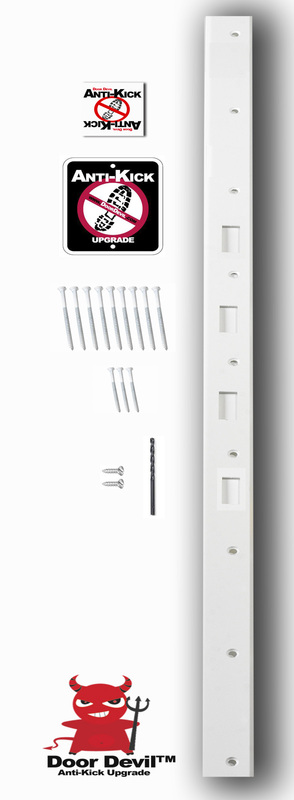|
If you were lucky to be around when STAR KEY Industries, Inc. out of Brooklyn, N.Y. was around, you would agree their key blanks and numbering system were very friendly to the locksmith profession. STAR was considered the innovators of the true EZ coding system, which was designed to easily identify key blanks by reference only to the numbering code. It's numbering system typically consisted of three parts. 1 - The "prefix" which designated the number of pins in the lock. 2 - A lock manufacturer identification code. 3 - A keyway "suffix" which designates the keyway. A 5CO1 fits a 5 pin Corbin lock and a 5CO1, 6CO1 (6 Pin), and a 7CO1 (7 Pin) all fit the same keyway but each work with a different amount of pins, 5, 6 & 7 respectively. Back when cars used a 2 key system, one for the ignition and one for the doors or trunk, STAR used different prefixes such as "H" (hexagon shape of the key) for the ignition and "O" (oval shape of the key) for the doors or trunk. These key shapes were typically used by General Motors and sold by Briggs & Stratton at the time.
The STAR brass blanks were great for impressioning locks because they were soft enough to get great impression marks but still strong enough to withstand torque and wear. Impressioning marks are more visible on brass compared to a nickle plated key. The fact that these keys where both soft and hard at the same time, which sounds like an oxy-moron, made them the key of choice by many locksmiths. The traditional brass keys self lubricated the keyway with the brass to brass contact against the internal brass pins of the lock cylinder itself. Certain keyways were also available as a modified form of a "universal" keyway, such as in General Motors vehicles. These universal key blanks allowed for a specially milled key to pass into a variety of keyways or sections. Simply put, STAR was an industry STAR!
0 Comments
The SOPL uses this great course manual as part of the STI Training. Now the authors have made it available for only $9.99 on Amazon. You will get a fantastic primer on Safe Manipulation, Wheel Packs, Dialing, Graphs, Amplification and more. It makes safe manipulation easy to understand, less intimidating. Moving on to Group II locks afterwards is much easier after learning the basic concepts.
The SOPL hosts a comprehensive test and certificate for this e-book material. If you purchase this e-book and want to access the testing, let SOPL Admin know and we will use some of your membership VIrtual Dollars as payment. If your not a member, contact us to discuss access and cost to the test. This e-book course material nails the topic and makes it fun to learn. Click on the image to get yours today! Your locks utilize latches or bolts to engage your door frame and secure your doors. They come in several varieties depending on the type of installation or manufacture however, there are a few standards which making their identification pretty easy. Standard Face Plate - This face plate is recessed into the edge of the door. This type of face plate is either square or has rounded edges. A manufactures name can be seen on the plate, if there is no name then in most cases it is a generic import. every bolt should provide a minimum of 1" "throw" or projection to provide adequate security. Drive In - the drive in bolt performs the same as the standard face plate bolt, however it does not require and mortise cut out or chiseling into your door. A standard bolt can be used in place of the drive in with minor alteration to the door however, a drive in bolt is cannot typically be used in place of the standard bolt unless it is designed to accommodate twist on face plates as shown in the example below. Latches - A latch is similar in first appearance to the bolts however, the latch has a beveled shape. Latches automatically "latch" a door when closed, a bolt must be turned manually. Latches also come as drive-ins like the bolts above. What is a Deadlatch? - The protrusion shown in the illustration below identify the latch as having an auxiliary feature which prevents the latch from retracting under pressure when in the projected position and properly engaged with the strike plate on the door frame. This feature is used on key operated locks and prevents bypassing or shimming with credit cards or a similar material or tool. Latches without this feature should not be used for security areas where key operated locks are required. Passage locks, closets and bathrooms typically utilize latches without the deadlatch feature. Call your local Society of Professional Locksmith member when seeking advice or service!
If you learned anything from this blog entry or simply liked what you saw, please give it a Like or Tweet! Can you say Swashbuckling? The Society of Professional Locksmiths has gone on a deep sea discovery adventure with Mr. Jon Carpenter of the Department of Materials Conservation, Shipwreck Galleries, Western Australia Museum . A search for answers from the shipwreck of the HMS Pandora, which is known for its capture and imprisonment of mutineers from the HMAV Bounty, uncovers an exciting discovery of a padlock which could be the key to what went on inside Pandoras Box during the shipwreck of the HMS Pandora. For those who want to skip the technical information, you can find the Conclusion on Page 8.
Acknowledgements, Page 10 - Tom Lynch, Society of Professional Locksmiths (interpretation of padlock mechanisms and nomenclature) The backset is the distance from the edge of the door to the center of the 2-1/8" bore hole. In the U.S. there are two common backsets for residential and commerical locks, 2-3/8" and 2-3/4". Another way to understand the measurement of the backset is to measure from the edge of a door to the center of the locks keyway. The image seen below is a standard hole preparation for deadbolts and knob/lever locks. You can also identify your backset by measuring you deadbolt or latch. Below is examples of a mortise lock. The backset is also measured from the edge of the door or the locks faceplate to the center of the locks mortise cylinder hole or keyway. The mortise lock has additional dimension which are critical for proper identification and replacement and should be included in your identification process. Call your local Society of Professional Locksmith member when seeking advice or service! If you learned anything from this blog entry or simply liked what you saw, please give it a Like or Tweet! Backset image on this page was created and published on Directdoorhardware.com
See if your key match's any image! There are literally thousands of different keys and the first step is to identify the type of key you have, which will help in identifying the brand of hardware it fits. This DIY guide will help the consumer to quickly identify many common key blanks. Very often the identification will quickly identify the brand of hardware. NOTE: There are instances where the visual appearance of the key can be misleading. Below is a chart where you can compare your key. There are many, many more keys, shapes and keyways and this illustration displays some of the more popular manufactures. Most lock manufacturers use a distinctive bow design to identify their keys. First try to locate one that matches yours. Also look to see if your keys has a name or any numbers or letters on them. Letter/Number combinations such as SC1, KW1, Y1 etc. are important to note. Call your local Society of Professional Locksmith member when seeking duplicates or service and make sure to provide them this information. SOPL member locksmiths are professionally trained to identify your keys.
As product quality goes down and prices go up, many good locksmiths are seeking alternative products that offer greater value and durability for their customers. Major American brand names from what has become known as the "mega manufacturers" have continued to promote inferior products while at the same time increasing their prices to a point of gross extremes. These products are being made with cheaper parts and barely can be identified as a security device in the eyes of the professional locksmith. With escalating costs that leave the locksmiths scratching their heads and consumers being taken to the cleaners (ripped off), the professional locksmiths are abandoning these brands and recommending value engineered alternatives. We see several of these products in the mega home centers and the consumers are often bamboozled into believing these are adequate devices to protect themselves, their belongings, and their loved ones. In many instances these products under examination are clearly "cheapened" or demonstrate the intentional obsolescence design alterations which will limit their longevity and force an upward sale a short time later. In comparison we see smaller "indie" (independent) start-up companies and imported brands or off-shore private labeled brands with higher quality and lower prices. The durability of these products are exceeding those of the mega manufactures who present themselves as dominate industry players. It is well known that they too are importing their products so why are their products failing so often? It is known as Designed Obsolescence, which means it is intentionally being done by the manufacturers to force the consumer to repurchase. It is also part of a growing pattern with security hardware products manufacturers who are trying to force upon the locksmiths and the consumers their new product designs like electronic locks, or web-enabled devices. Some of these products sound good, but lack the quality expected by the security professionals who work with them. Very often they are dumped into the market and they become part of a form of research & development which leaves the locksmith scrambling to resolve issues, losing money in repeat call backs. All the while the consumer thinks it is the locksmiths fault, when in fact it is the designed obsolescence of the product by the manufacture. I encountered an interesting argument with one mega manufacturer's Product Trainer who was found advocating for locksmith licensing while conducting an educational seminar on his company's product. When I pointed that trying to use a product seminar to pimp failed and harmful licensing was inappropriate and ignorant, his response was this - "How else are we to force the locksmith to learn about new products!" If a product addresses a solution, meets the desire of the consumers, or is durable and cost effective, then it will become sought after. Those who fail to educate themselves won't last in the free market. That is how things work. Trying to re-engineer or social engineer how winners and losers are made by trying to "force" a result by design (licensing) is not much different than cheating the consumers by designed obsolescence! HARD-ware is the business most professional locksmiths are in, and although consumers often gravitate to the cheapest or lowest price, it does not mean they want something that is inferior and is designed to fail. If this is how the mega manufacturers wish to continue, then alternative brand products will continue to be the best choice for the locksmith and the better value for the consumers. The following video is long but very informative. Please leave your comments below about Designed Obsolescence and your experiences with it.
If you are a locksmith, what alternative brands and solutions would you recommend to the consumers? Tell us why? What mega manufacturer brands are you disappointed in? Have you lost money dealing with these brands? Did you have call backs? Did the consumer blame you? Members of he Society of Professional Locksmiths participate in continuing education and professional development programs voluntarily to provide the consumer the best possible service. They investigate and recommend many alternative products of value. If you learned something new from this blog or have more to contribute, please share your comments, give it a Facebook LIKE or Tweet! 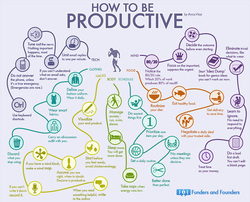 Click image to enlarge Click image to enlarge #1 - Arrive to work on time #2 - Keep a clean and organized work truck #3 - Prepare the next days jobs by 3:00 p.m. the day before #4 - Keep keyed alike cylinders ready in pairs, and sets. #5 - Learn to say NO. #6 - Salvage the important parts, discard the rest. #7 - Keep a daily "Things to Order" list, then order them. #8 - Have sharp drill bits. #9 - Route your jobs in a straight line. #10 - Stop returning to the shop to get parts. What habits do you think are important? Please share your comments, give this a Facebook LIKE or Tweet!
 Global Security Experts Inc. and renowned home security expert, Jordan Frankel is proud to announce a alliance with The Society of Professional Locksmiths (SOPL) to assist consumers in locating honest and qualified locksmiths nationwide. Coinciding with the partnership, Frankel has added a “Find a Locksmith” feature to the Global Security Experts, Inc. website, allowing homeowners to find a trusted member of the SOPL nearest them. To learn more, click on the link below! http://www.prweb.com/releases/GlobalSecurityExperts/Find-a-Locksmith/prweb11952585.htm Written By: Barry Campbell, Director of Operations SOPL  Kurtis Ming, from CBS 13 in Sacramento, recently reported on “The Dark Side of the Locksmith Industry.” There are some notable things about this report, both good and bad. The first is his reference to the “one time nature of locksmiths.” While most professional locksmiths endeavor to foster relationships with repeat, long-term customers, I think Ming has pointed out a popular misconception – that the main reason to call a locksmith is when you've locked yourself out of your home or vehicle, or perhaps to replace a lost car key. Sure, people who think like that probably also think the local hardware store carries the best in lock hardware, but the point is that there is a huge potential market out there of people who simply don't know any better. Then there is the “simple lock picking” comment. More correctly, the report might have focused more on the “simple lock.” Not hard to teach someone to pick open a hardware store lock, but most locksmiths can combinate even these locks to be more difficult to pick. Professional locksmiths also may have the tools and knowledge to enable them to bypass even the “unpickable” lock without damage. Part of the problem, in this case, may have come from within the industry. How many of you have had a call to “pop” a lock? Many are easy, but many are not – sometimes by design and sometimes because of the condition of the lock. Regardless, the implication that picking is easy and should not cost much is unjustified. I rather like the response of locksmith David Knosalla in an article from The Princeton Union-Eagle, where he was able to quickly and easily open a safe - “You called for an expert and that's what you got.” Now, if you carry just a long-reach tool and a drill for all your unlocks, you're no expert; but if you are a professional with the tools and knowledge to tackle virtually any situation, you are justified in charging what you are worth. The article improves when Ming identifies the “locksmiths” called out to unlock the homes, including their license numbers. Yes, what more proof do you need that scammers can get a license whenever they need to? Even better, he confronts a spokesman from the Bureau of Security and Investigative Services that oversees the locksmith licensing. The interview was priceless: Heimerich told Call Kurtis BSIS had received 281 locksmith complaints in the past two years, but Call Kurtis has learned only 17 locksmiths were actually cited, and none had their licenses revoked. That's right; 281 complaints, 17 cited, and not a single license revoked in two years! How many times does it need to be proven? Licensing neither stops the scammers nor protects the consumer! The saddest part of the report, though, had to be the recommendation from the California Locksmith Association (CLA). Given that the ineffectiveness of licensing was just shown, they could only recommend that consumers should verify the locksmith's license. Was that really the best they could do? So in the darkness of it all the Society of Professional Locksmiths has helped shine a light on the shady business of licensing and how it is contributing to a false sense of security and a false sense of safety for the consumers. As these news reports increase we may see some bright sides in the coverage but in the end we find that relying on the idea of someone being licensed is like standing in the dark. Can anyone seriously claim that licensing has illuminated our industry? |
Categories
All
|
Services |
Company |
|

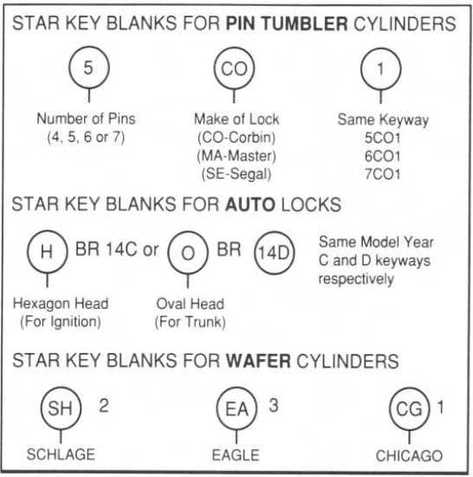
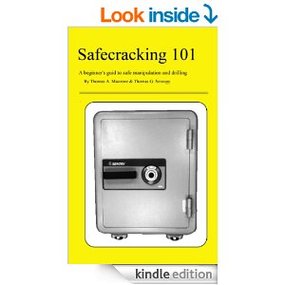
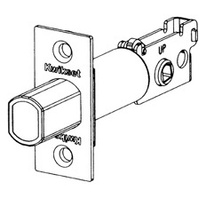
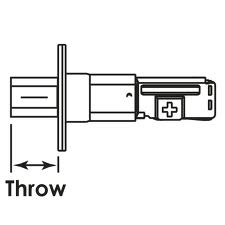
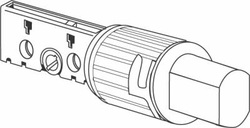
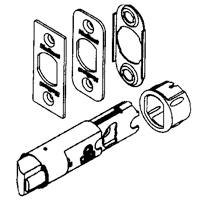
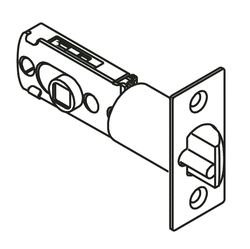
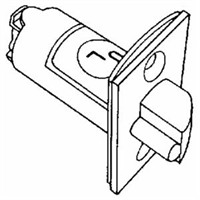
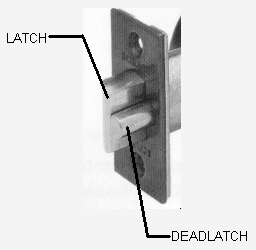

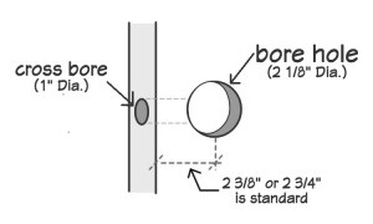
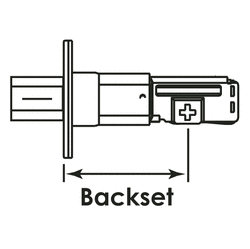
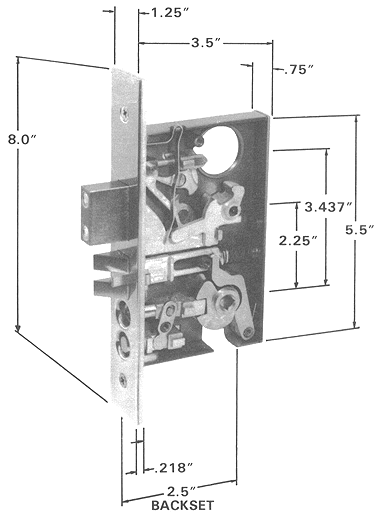
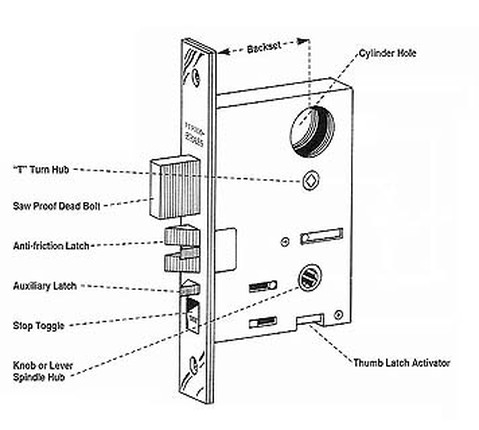
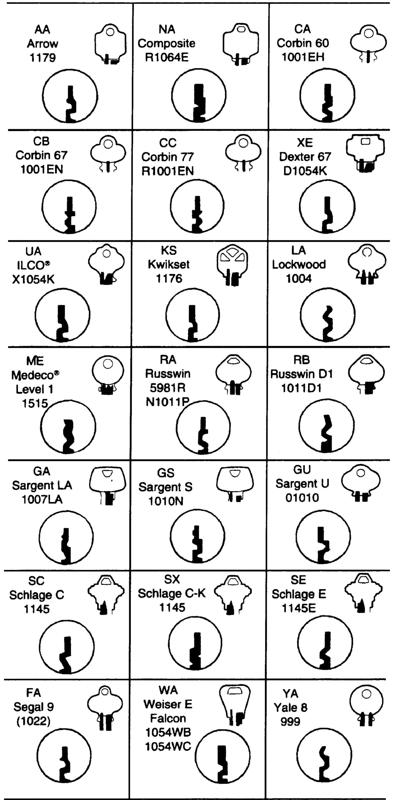
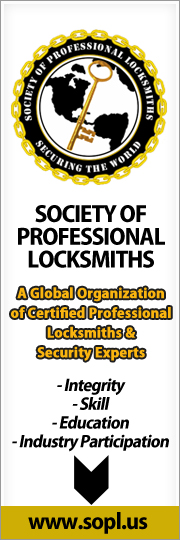

 RSS Feed
RSS Feed
